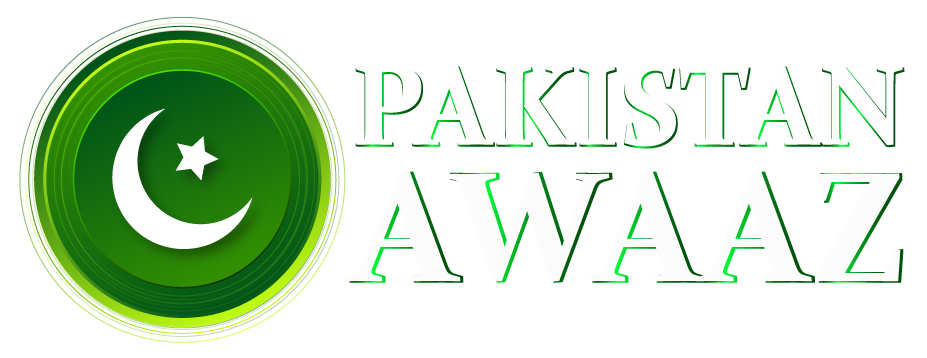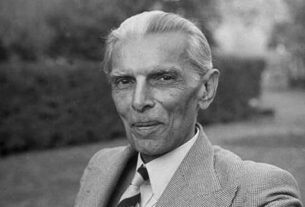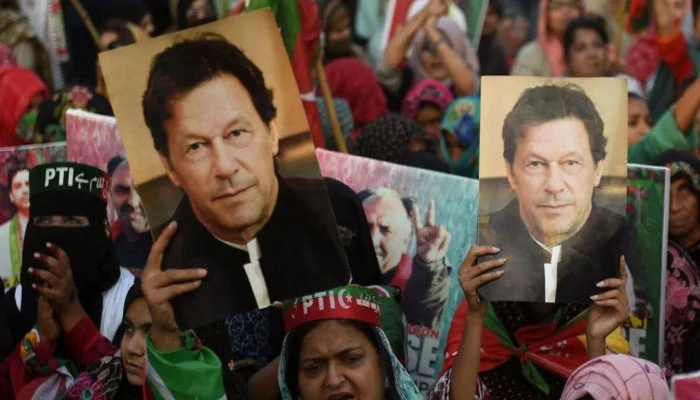In a normal year, Pakistan’s economic federal budget is typically presented by inflating income and deflating expenses to meet the predetermined fiscal deficit target.
However, during election years, the government tends to inflate both income and (pro-people) expenditures to present a “pre-election” budget that focuses on being “pro-poor,” and providing “relief” to the citizens.
In the past, it was relatively easier for the Pakistan People’s Party’s (PPP) 2008-2013 and the Pakistan Muslim League-Nawaz’s (PML-N) 2013-2018 governments to present pre-election budgets during the final year of their tenure.
It was because their respective International Monetary Fund (IMF) programmes had concluded much earlier than the legislative assembly’s tenure, allowing them the flexibility to present “populist” budgets. Any resulting fiscal deficit from implementing those budgets was handled by their successors.
Unlike the PPP and PML-N governments, the PTI government (2018-2022) waited almost a year before joining the IMF programme. This aligned the programme’s conclusion with the fourth year of the national assembly’s tenure.
Interestingly, countries like Singapore and Japan that have little natural resources have prospered.
Pakistan, however, still serves largely as a means of survival. The underlying disease that Pakistan suffers from is not failure per se, but rather the inability to see that failure and devastation are imminent. It is imperative that those in positions of authority see this now more than ever before, because the alternative is bleak.
Therefore, a realistic and practical approach is required for the reality check, taking into account the nation’s socio-political dynamics.
Also Read: Lt. Gen. Syed Aamer Raza: The New Head of Lahore Corps





